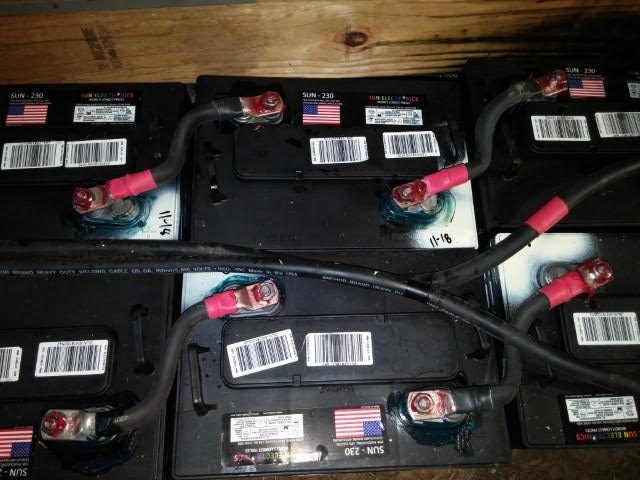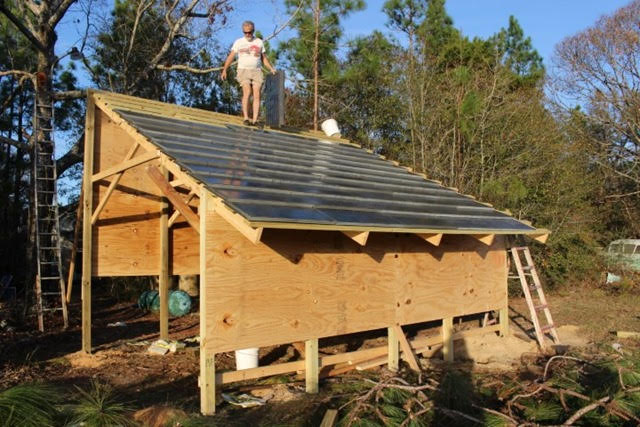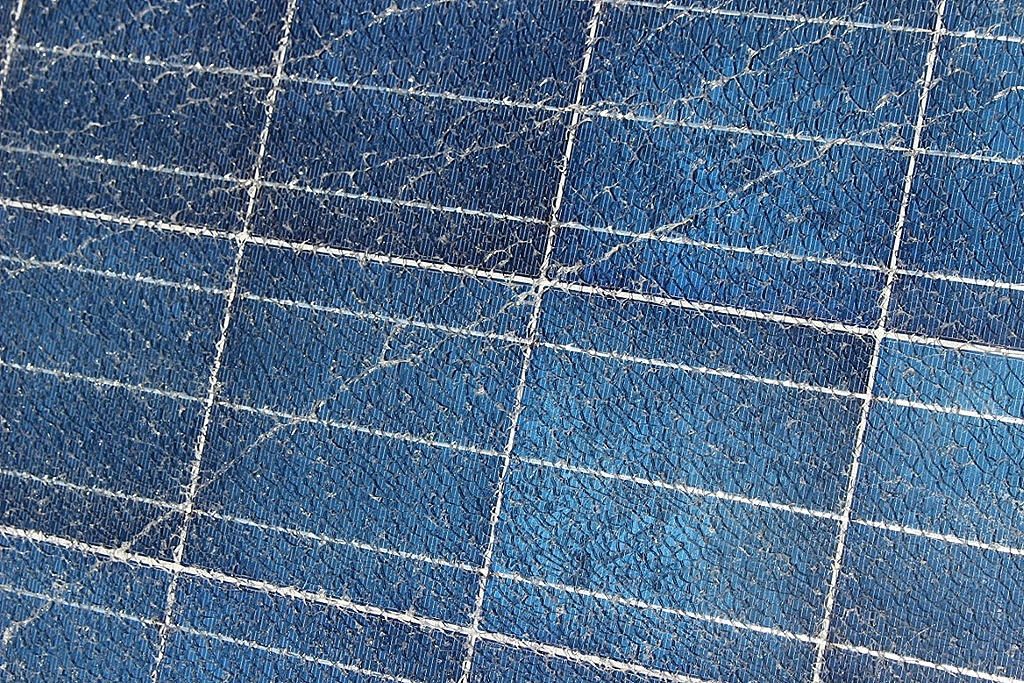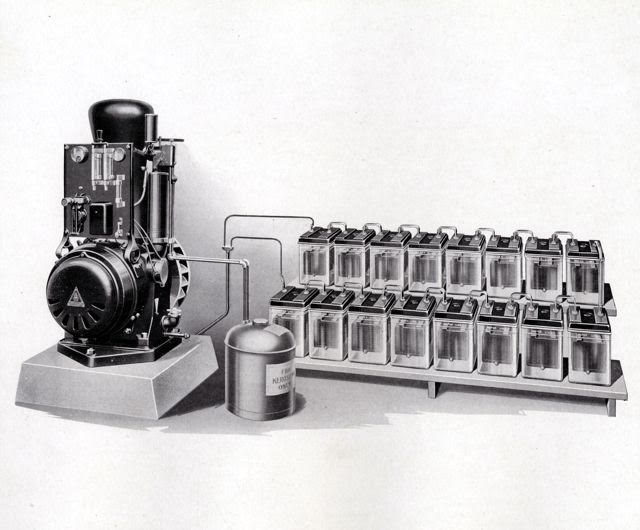Battery Connections Illustrated
Elsewhere in the blog page is a post about battery safety. I have a couple of battery photos to illustrate what I was talking about the other day, easily making battery polarity easier to see. The old 24v battery strings have decent cables, grease to seal out corrosion, but they are a bit dirty and it […]
Battery Connections Illustrated Read More »




